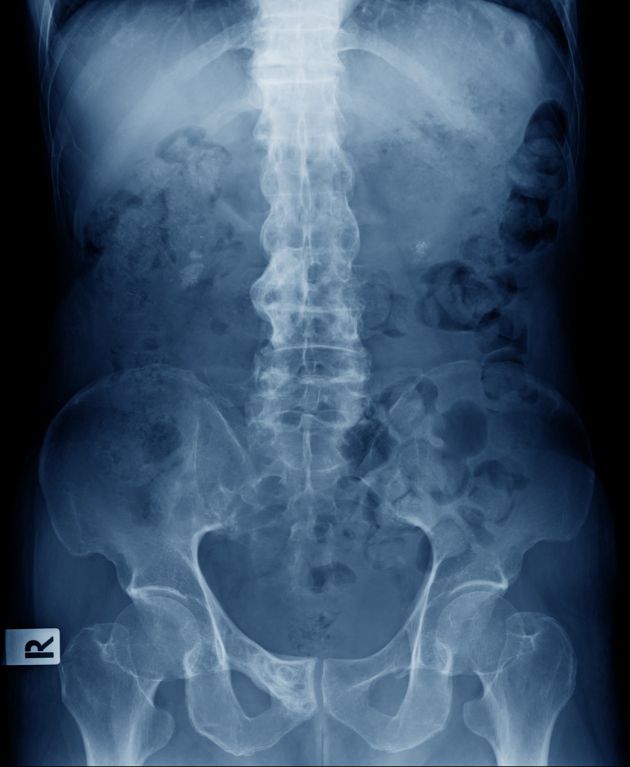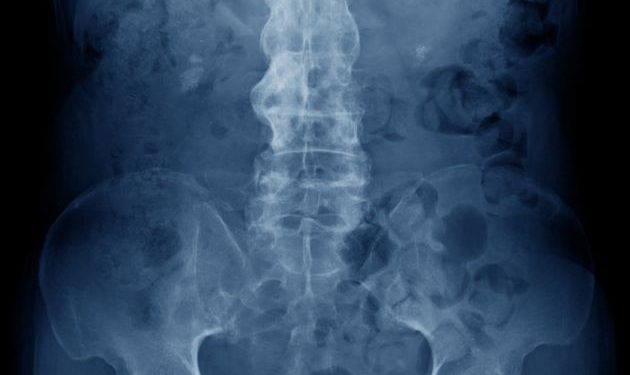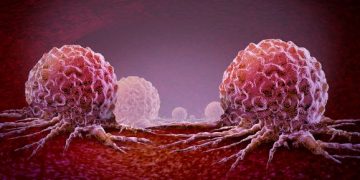Ankylosis spondylitis symptoms vary from person to person, and can include pain and stiffness in the lower back or hips, which may also affect other joints of the body. They usually get worse in the morning or after sitting for long periods and are often relieved by activity or moving the affected areas. In more severe cases, patients may experience stiffness and pain in the chest wall, upper back, neck, and shoulders.
Diagnosis is a complex process and can involve a combination of tests, including a physical examination, blood work, and X-rays or other imaging studies. Your doctor can also ask you about your medical history, family history, and any other conditions that you might have. You might be asked about whether you have a condition known as HLA-B27, which is linked with ankylosis spondylitis.
Symptoms of AS start in late adolescence or early adulthood and usually last for most of your life, although some people may have symptoms for many years before they develop the disease. The exact cause of ankylosis spondylitis is unknown, but it’s thought that the inflammation can be linked to a specific gene (HLA-B27).
Treatment options for ankylosis spondylitis are mostly medications. These can help you control your symptoms, but some people have to take long-term medications and physiotherapy to reduce or stop the progression of the condition.
Drugs for ankylosis spondylitis typically reduce inflammation, which can help ease the pain and stiffness of the spine. They include anti-inflammatory medicines, and newer drugs that are designed to reduce the production of an inflammatory protein. These are called disease-modifying anti-rheumatic drugs (DMARDs), and they can also help protect your joints from further damage if you take them regularly for a period of time.

These drugs can sometimes take weeks or months to make a difference, so your doctor will need to monitor how well they’re working. You will also need to complete regular questionnaires that show how your condition is responding to treatment.
DMARDs can slow the progression of ankylosis spondylitis and can even prevent some parts of your spine from hardening, or fusing, together. These drugs can be given as injections, or taken by mouth.
A special type of biological therapy, called IL-17 inhibitors, can also help. They’re given by injection and are more targeted than older DMARDs.
Some people can get a lot better with these types of treatments, and they’re often recommended for people who can’t find relief with medication. They can help with symptoms like fatigue, joint pain, and stiffness in your arms or legs.
Other ways to reduce your ankylosis spondylitis symptoms include exercise and stretching programs, as well as modifying your posture. These exercises can help you stand up straighter and improve your flexibility. You may need to change your working habits, especially if you have a job that requires stooping or repetitive motions.
Most people with ankylosis spondylitis can continue to work, but some jobs may require you to modify your position or retrain yourself for different tasks. Talk to your doctor, your line manager or human resources department at work to see what options are available for you.









